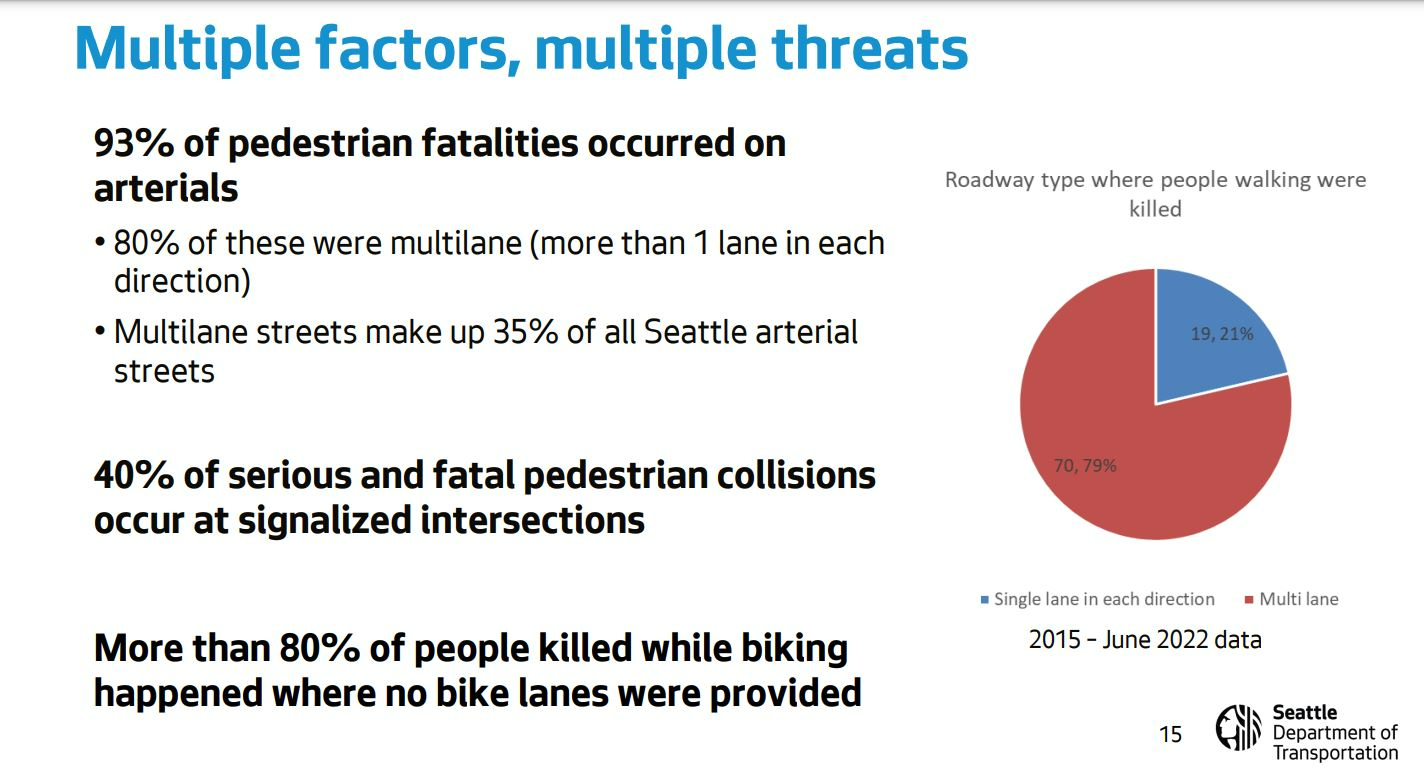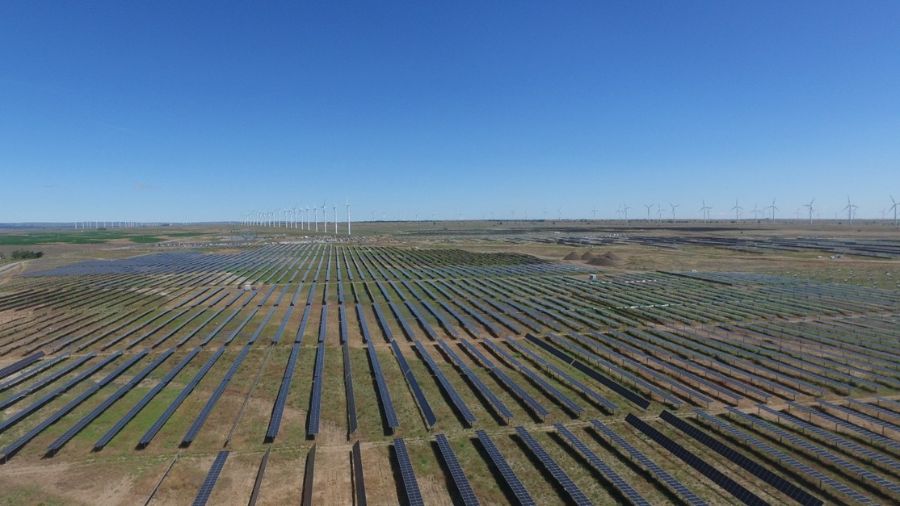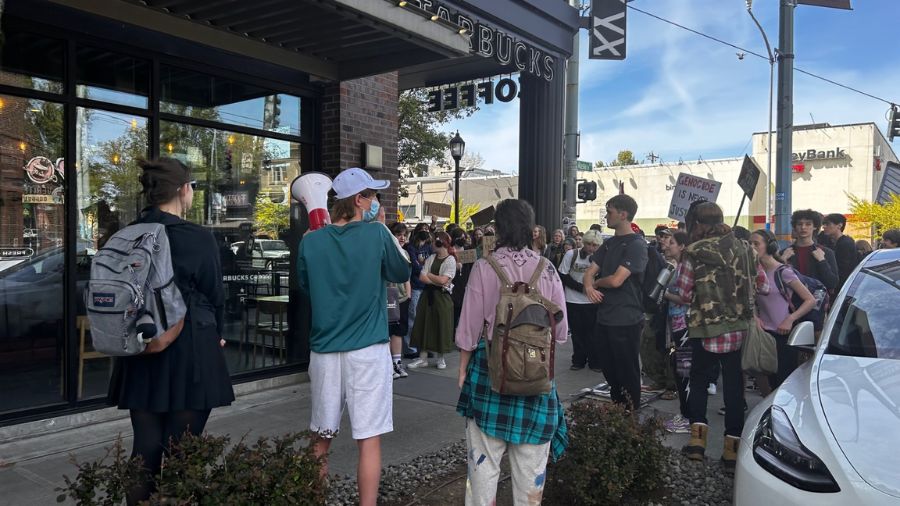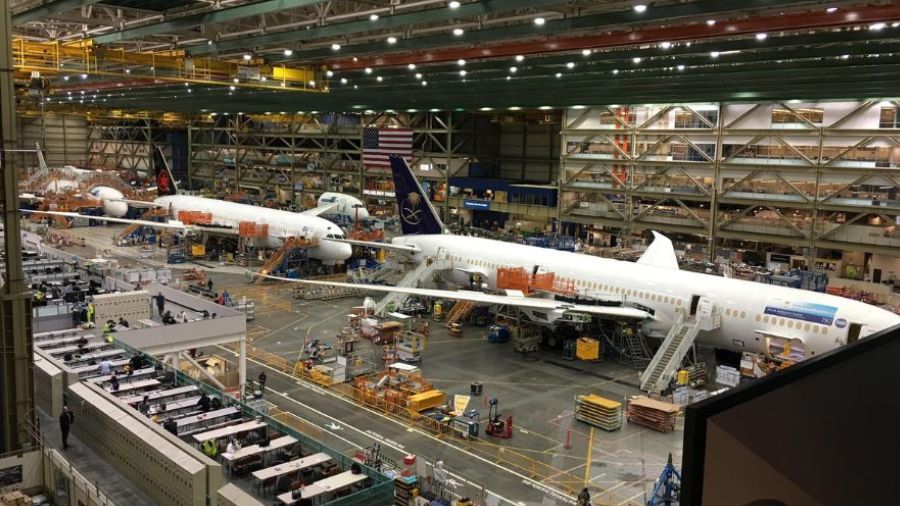Seattle’s Vision Zero becomes laser focused on District 2
Jun 21, 2022, 5:43 PM
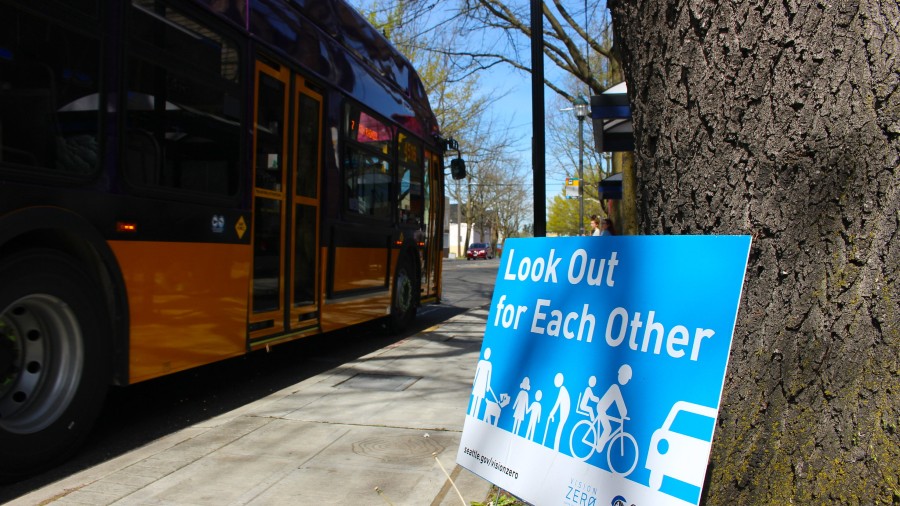
(Photo: SDOT Flickr)
(Photo: SDOT Flickr)
Seattle Department of Transportation (SDOT) discussed its Vision Zero report this morning at Seattle City Hall, and one council member is not happy with the report.
“A presentation from the Department of Transportation only reinforces what we in Southeast Seattle already know: Our streets are not safe. They are not safe for kids. They are not safe for elders. They are not safe for people with low vision or those who are blind,” Councilwoman Tammy Morales (District 2) said. “They are not safe for anyone who cannot drive for health-related or economic reasons. The fact of the matter is that South End streets were built for the ease and speed of large, heavy vehicles, not for the safety of people outside of them. Having a report is one thing.
“This is SDOT admitting a problem and that is one small step toward a solution, but without actions from the department, this is one just more reminder that the lives of people in the South End don’t stack up to the lives of those in Magnolia, or Queen Anne, or Laurelhurst, or Green Lake, or Eastlake in the eyes of the city,” she continued.
Since Seattle’s inception of Vision Zero in 2015, almost 1,200 people have been seriously injured with 175 of those killed in a traffic crash. Vision Zero aims to end all traffic deaths and serious injuries on Seattle streets by 2030. However, according to their most recent report, it has profoundly failed.
People walking, rolling, and cycling are involved in 7% of total crashes, yet they make up 61% of fatalities, according to SDOT. Also, the average age of victims is 52 years old.
People experiencing homelessness make up 27% of 2021 fatalities, and black people disproportionately are affected by fatal crashes as well.
So, where are most of these fatal and severe injury crashes happening? District 2. “Last three years, nearly half of fatal crashes occurred in District 2. In 2021, 56% were in D2,” SDOT wrote in a press release.
However, Vision Zero has a plan to combat these issues within District 2.
• Shorter pedestrian crossings to reduce exposure to harm
• Reduce or convert travel lanes to transit, bike, or parking
• Calm turn movements and change corners
• Add directional American Disabilities Act ramps
• Increase visibility for all travelers
Implementing these infrastructural ideas can create a more reliable outcome that can keep pedestrians, cyclists, and persons with disabilities safer.
Looking toward the future, SDOT’s vision zero has a plan to work on these areas of concern:
• Speed Limits Phase 2: Arterial Traffic Calming
• Federal funding opportunity: Safe Streets and
Roads for All proposal development
• Statement of Legislative Intent responses
(MLK Way corridor, safety data, and analysis)
• Vision Zero updated action plan
• Bicycle and Pedestrian Safety Analysis 3.0
• Seattle Transportation Plan
Ethan Bergerson, Press Secretary with SDOT, told me that when Vision Zero’s plan is implemented, neighborhoods experience improvements and see a decline in incidences. Vision Zero does work, he emphasized.


